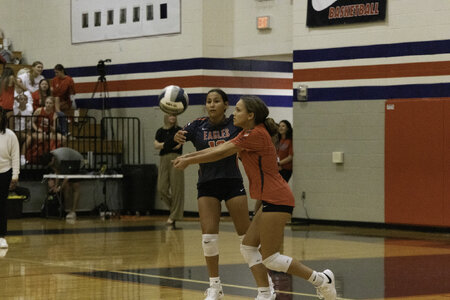Pro Member
- Followers
- 7
- Following
- 1
- Joined
- Mar 22, 2023
- Posts
- 1,216
- Likes Received
- 2,643
- Name
- Phil Moore
Hi Don, My pleasure...As others noted, noise reduction and sharpening can be subjective and very dependent on personal preferences. In this case, while Topaz seemed to remove more noise from their faces, I didn't really like the feel of it (something about the blue player's left eye is strange to me and the skin seems "pasty"; again, very personal preference) and I liked the LR NR better. Prior to LR having Denoise AI, I started using DxO DeepPrime after seeing suggestions and feedback on DPreview, especially from a certain person on this forum (Thanks Phil). But once the Denoise AI came out I find myself using DxO PL5 very little and I'm "living" primarily in LR Classic again
As a general comment to the thread -
Typically, any raw files which need geometric correction, or with an ISO =>4000 get sent off to DxO (and receive DeepPRIME/ XD), the rest are dealt with in Lr. Denoise AI/ Sharpen AI/ Photo AI are used as needed but usually for extreme noise issues (2nd run - often with masking), motion blur, or face recovery.
If I have some spare time I'll sometimes do a NR comparison, but it always ends up - DxO first and Topaz/ Adobe vying for second. (All can do a great job).
Frequently, when I'm in a creative mode, I'll use DxO Nik Collection/ FilmPack and Topaz Studio 2 to reintroduce grain and lens/ camera anomalies...
Phil
Last edited:

